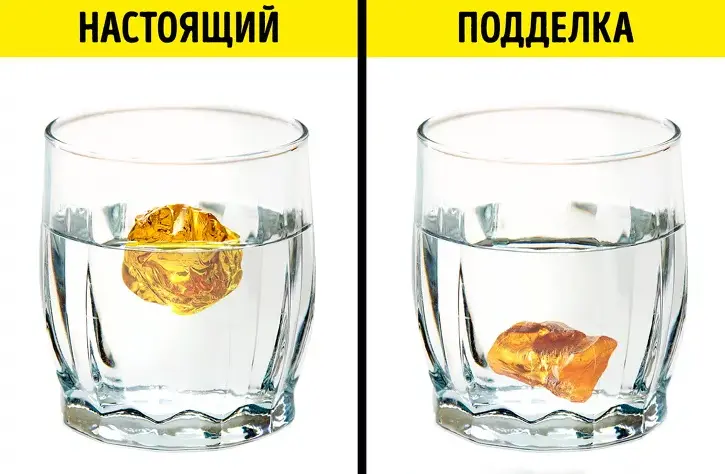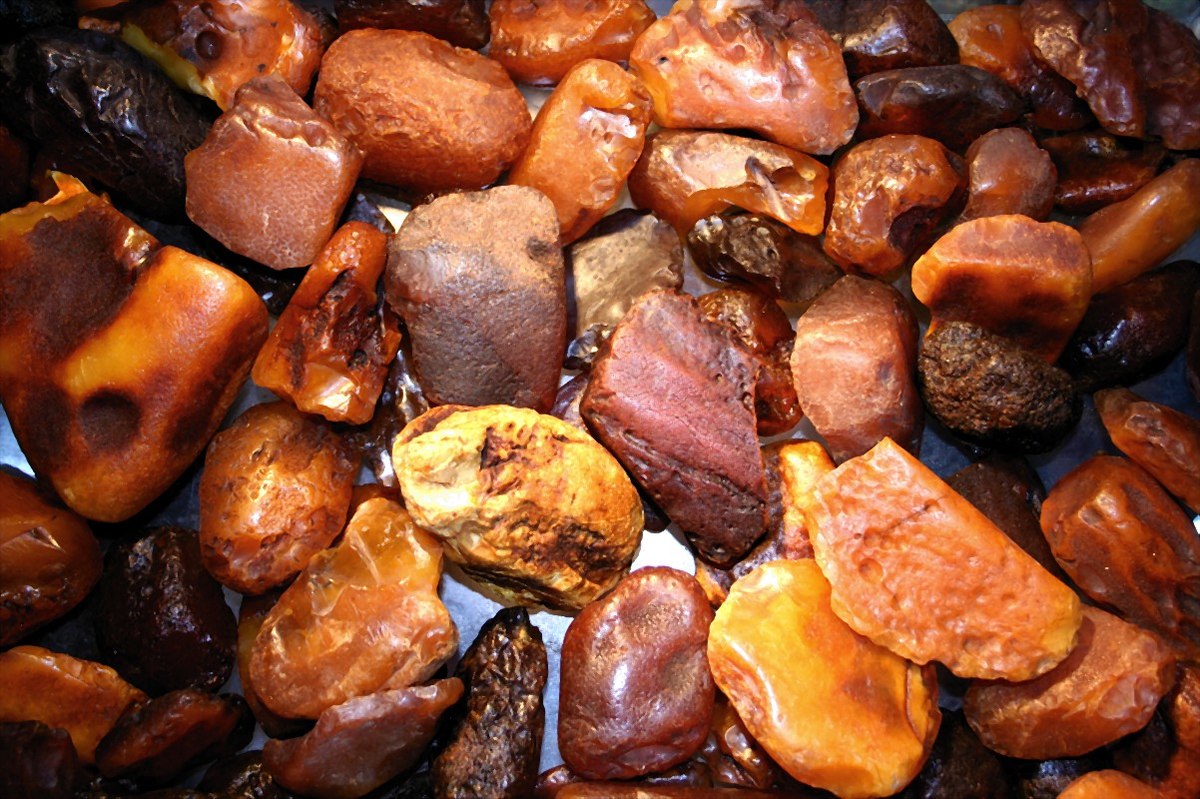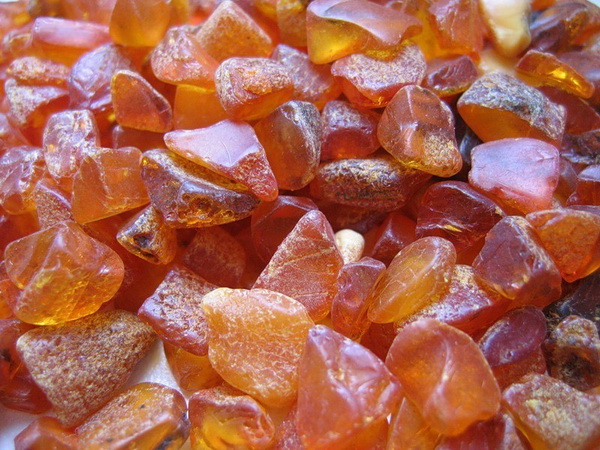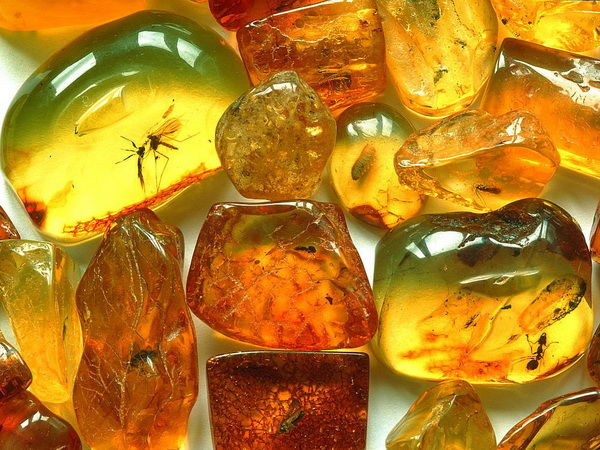
How to determine - real amber or not?
Despite the fact that up to 700 tons of amber are mined in the world every year, the demand for jewelry and souvenirs from this stone far exceeds the supply, so the market is filled with fakes and imitations. The quality of the latter in the modern world can mislead anyone, and therefore, when buying a stone, it is important to understand what natural amber looks like and is it possible to distinguish a fake?

What does amber look like?
Visual characteristics - color saturation, transparency - mainly depend on the microscopic voids that are present in each stone, on their number, size and position. If they make up the majority, it becomes opaque, white.
Amber itself can be painted in a variety of colors: orange, honey, green, blue and blue, ivory, milky, yellow, mustard.
The luster is usually resinous. In terms of transparency, there are different specimens: from almost transparent to completely opaque.

How to distinguish amber from a fake
Today, this polymer can be faked without even leaving home. To create artificial stones, glass, plastic, various resins, natural stone chips and much more are used. But how do you understand that you are the owner of a natural gem? There are only a few easy ways:
- The most important thing is that the weight of natural amber is very small, and therefore even massive jewelry will not weigh much. Glass or plastic will be significantly heavier. As a rule, you can feel it immediately if you take the product in your hands.
- A real stone will not be perfect in appearance. First of all, pay attention to the color - in a natural gem it is uneven, some areas are dyed weakly, and some are more saturated. In addition, natural amber will shimmer in the sun, but the presence of sparkles inside should alert you: a natural gem simply cannot have them!
- It is known that amber, which was formed from the resin of coniferous plants, is electrified by friction. To test this, simply rub it with a piece of wool and hold a small sheet of paper or fluff close to it - it will immediately attract them to itself.
- You can check the naturalness by lowering the stone into a strong saline solution. The imitation will immediately go to the bottom of the glass, but the real one will remain floating on the surface of the water, due to its low density.
- A natural gem will never be cheap, and therefore low cost is the first reason to refuse to buy.
- Drop onto the surface with acetone or alcohol. The appearance of a natural stone will not change, but a stain, a change in color, etc. will appear on a fake.
- Touch the stone with a hot needle. A natural gem emits a slight coniferous aroma, but plastic will not smell very pleasant.

If you still doubt the authenticity of the gem, you can always turn to professionals. With the help of special equipment, they can easily determine what is in front of you - a fake or natural amber.
Leave a Reply